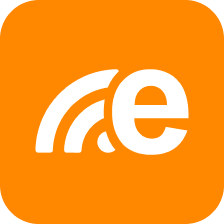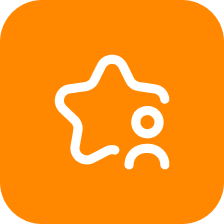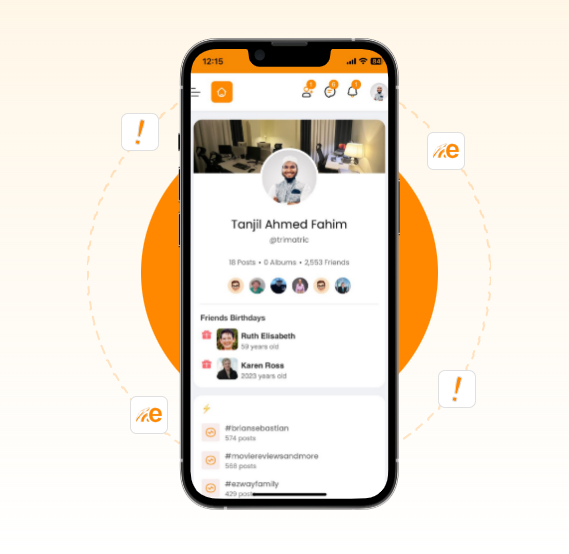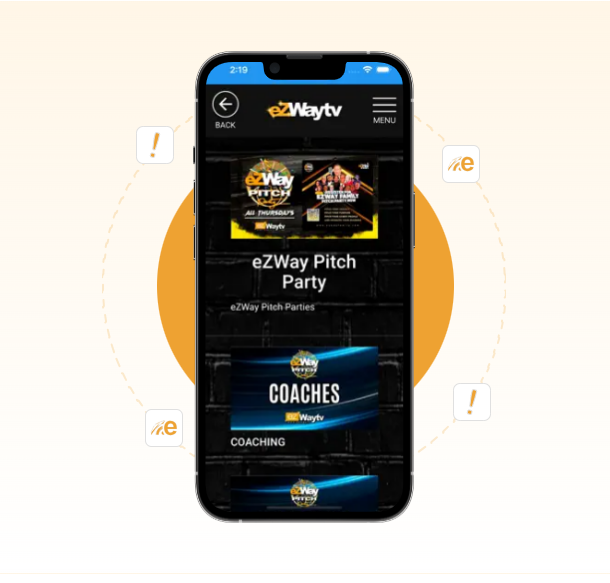In the rapidly evolving landscape of mobile applications, developers and platform providers constantly seek methods to enhance user engagement, increase revenue, and streamline distribution. Two powerful strategies that have gained prominence are app bundling and family sharing. These approaches not only simplify access for users but also create synergistic opportunities for growth within the app ecosystem. While platforms like the Google Play Store provide the infrastructure to support these features, understanding their strategic integration is essential for maximizing app value.
Contents:
- 1. Introduction to App Value Enhancement Strategies
- 2. Fundamentals of App Bundles
- 3. Family Sharing and Its Role in Increasing App Value
- 4. Synergy Between App Bundles and Family Sharing: A Strategic Perspective
- 5. Practical Examples from the Google Play Store
- 6. Case Study: Monument Valley – An Illustration of Efficient App Development and Monetization
- 7. Non-Obvious Factors Influencing App Value Enhancement
- 8. Future Trends and Innovations in App Bundles and Family Sharing
- 9. Conclusion: Maximizing App Ecosystem Efficiency through Strategic Bundling and Sharing
1. Introduction to App Value Enhancement Strategies
In an increasingly competitive app marketplace, developers aim to boost user engagement, improve monetization, and simplify access. App monetization strategies encompass a broad spectrum, from in-app purchases to subscription models. Equally important is enhancing user engagement through features like bundling and sharing, which foster a more connected and seamless experience. These strategies are especially relevant within major ecosystems such as the Google Play Store, which offers tools to support advanced distribution methods. For example, integrating sharing capabilities can lead to exponential user growth, as seen with some of the most successful app ecosystems.
a. Overview of app monetization and user engagement factors
Effective monetization combines multiple revenue streams, including paid downloads, subscriptions, and advertising. User engagement, on the other hand, is driven by ease of access, personalized experiences, and social sharing features. When users can easily share an app or bundle multiple apps together, their perceived value increases, leading to higher retention and lifetime value.
b. Importance of bundling and sharing features in modern app ecosystems
Bundling allows users to purchase or access multiple apps or features as a single package, often at a discounted rate. Sharing features, particularly family sharing, enable groups to access purchased content collectively, expanding the user base and fostering loyalty. These features are central to modern ecosystems because they reduce barriers to entry and increase the perceived value of apps and services.
c. Brief mention of Google Play Store and other platforms as context
Platforms like Google Play support app bundles and family sharing, providing a foundation for developers to implement these strategies. Apple’s ecosystem also offers similar features, with nuances in regulations and geo-restrictions. Understanding these platform-specific capabilities is essential for optimizing app distribution and maximizing revenue potential.
2. Fundamentals of App Bundles
a. Definition and core concept of app bundles
An app bundle is a package that consolidates multiple apps, features, or content into a single distribution unit. Unlike standalone apps, bundles allow for streamlined deployment, updates, and purchase options. They often include modular components that users can access based on their preferences or device compatibility.
b. How app bundles streamline distribution and updates
Bundles simplify the process for developers to distribute multiple related apps or features simultaneously. When updates are released, they can be rolled out across the entire bundle, ensuring consistency and reducing fragmentation. This approach also minimizes the number of individual app listings needed, easing management and user navigation.
c. Benefits for developers and users
| Developer Benefits | User Benefits |
|---|---|
| Simplified management of multiple apps | Unified access to related content |
| Consolidated updates ensure consistency | Potential for discounted bundled pricing |
| Enhanced cross-promotion opportunities | Better value perception and convenience |
3. Family Sharing and Its Role in Increasing App Value
a. Explanation of family sharing features across platforms
Family sharing allows a single purchase or subscription to be accessible by multiple family members within a defined group. Platforms like Google Play and Apple’s App Store enable users to share eligible apps, media, and subscriptions with family members, typically up to six individuals. This feature leverages account linking and permissions to facilitate seamless access while maintaining control over shared content.
b. How family sharing expands user base and increases app engagement
By enabling multiple users to access a single purchase, developers can significantly increase their reach without additional costs for each new user. Family sharing encourages collective usage, leading to higher engagement metrics and more extensive word-of-mouth promotion. For example, a popular educational app that supports family sharing can experience exponential growth as parents introduce it to their children, fostering long-term loyalty.
c. Legal and territorial considerations
While family sharing offers clear advantages, developers must consider legal and territorial constraints. Certain apps, such as those related to gambling or geo-restricted content, may have restrictions based on regional laws or age requirements. Understanding these nuances ensures compliance and maximizes the benefits of sharing features across diverse markets.
4. Synergy Between App Bundles and Family Sharing: A Strategic Perspective
a. How combining bundles with family sharing amplifies app value
Integrating app bundles with family sharing creates a powerful ecosystem where users perceive greater value. For instance, a developer can offer a bundle of related educational apps that, when shared within a family, provides multiple members access to diverse content at a discounted rate. This synergy enhances user satisfaction, encourages larger purchases, and fosters long-term engagement.
b. Case studies of successful implementation
Educational platforms that bundle courses and support family sharing, like language learning apps, have successfully increased their user base and retention. Similarly, entertainment services offering bundled media content often see higher subscription renewal rates when family plans are available. These examples demonstrate how combining bundling with sharing features can unlock new revenue streams and expand the product ecosystem.
c. Impact on revenue, user retention, and product ecosystem growth
The strategic integration of bundles and family sharing can lead to measurable increases in revenue through higher conversion rates and subscription renewals. User retention improves as families become more engaged with multiple facets of the ecosystem. Over time, this approach fosters a vibrant product ecosystem, attracting third-party developers and creating a network effect that benefits all stakeholders.
5. Practical Examples from the Google Play Store
a. Example of a popular app with bundled offerings and family sharing support
A notable example is Google’s own suite of productivity apps, which often come in bundled packages such as Google Workspace. These bundles support family sharing, allowing multiple users to access premium features under a single subscription. This model boosts adoption among families and small businesses alike.
b. Analysis of how Google Play’s features facilitate this synergy
Google Play’s support for app bundles and family sharing simplifies the distribution process for developers and enhances user experience. Features like split APKs reduce download sizes, while family account management allows for shared access without multiple purchases. These tools foster a seamless ecosystem that encourages both broad adoption and high retention.
c. Comparative insights with Apple’s ecosystem
Apple’s ecosystem also offers family sharing and bundle options, but with stricter age and regional restrictions. For instance, some apps are geo-locked or have minimum age requirements, which can limit sharing opportunities. Comparing these ecosystems highlights the importance of platform-specific strategies to optimize app value.
6. Case Study: Monument Valley – An Illustration of Efficient App Development and Monetization
a. Development timeline and cost recovery
Monument Valley was developed over approximately 55 weeks, with initial costs recovered in just 4 days post-launch—a remarkable achievement. Its success was driven by strategic bundling of visual art, innovative gameplay, and effective marketing. This rapid cost recovery underscores the importance of planning for monetization early in development.
b. How strategic bundling and sharing could have contributed to its success
If Monument Valley had incorporated bundled content, such as additional levels or exclusive artwork, and supported family sharing, its user base could have expanded even further. Such approaches would have increased perceived value, encouraged sharing among family members, and boosted revenue through upselling and cross-promotion.
c. Lessons learned for developers
Developers aiming for similar success should consider early integration of bundling and sharing features. These strategies foster community growth, improve user retention, and create additional revenue streams. The Monument Valley example illustrates how strategic planning can accelerate monetization and extend a game’s lifecycle.






















